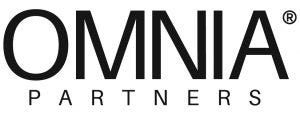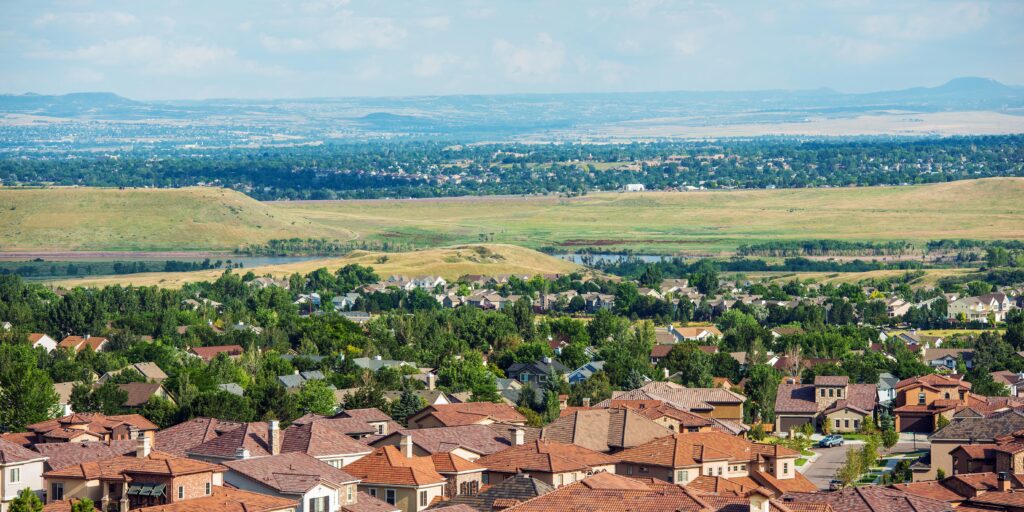
Omnia Partners
To achieve their sustainability goals, cities and counties must engage with key stakeholdersTo achieve their sustainability goals, cities and counties must engage with key stakeholders
May 10, 2023

Local government leaders need to cast a wide net, says Laura Kroeger, technical director, leadership and management for the American Public Works Association (APWA). She also serves on the APWA Board of Directors, as chair of APWA’s strategic planning committee, and as executive director for the Mile High Flood District (Lakewood, Colo.).
Kroeger urges agencies to collaborate with a variety of stakeholders when considering new uses for public areas and similar projects. One area she is excited about is how public space is being reimagined to provide multiple benefits for the community.
She cautions agencies to take the right approach: “This movement has two parts. The first is how to engage the public. The traditional ways of holding public meetings are not an effective way to truly hear the community’s voice. Hence it is often unknown or assumed how people want and need to use these spaces, which leaves many shared spaces not reaching their full potential.”
Kroeger says the second part of the process of how to rethink public space includes more community engagement. It means bringing in more partners through systems thinking to incorporate multiple benefits for the community through the project’s completion.
Having more partners contribute their views on a project can be a big help, Kroeger believes. “Community-changing projects are born by having a diverse group of representatives who collaborate and build on each other’s expertise and ideas. The trend of opening up and connecting waterways as an amenity with neighborhoods and businesses is an excellent example that is happening across the country. This approach is also being expanded to create public spaces that didn’t exist before, like through land bridges that can re-connect areas, provide a pocket park for public art or offer a safe passage for wildlife.”
Kroeger offers this example: “The Mile High Flood District partners with 40 local and county governments on projects in the Denver Metro area, and we are working together to develop new approaches to hear the voices of the community. The results are not only providing input to projects, but also buy-in and stewardship of the shared land.”
In one of its award-winning initiatives, the Mile High Flood District partnered with eight project sponsors and a diverse design and construction team to build the South Platte River Run Park project in Sheridan, Colo. “This project has swept the Colorado awards tour and received two national awards because of its sustainability approach to bring back river health, engage the community and spur business development,” Kroeger explains.
Kroeger says agencies need to take the following steps if they hope to achieve sustainability success. “I would suggest that they implement good business practices, because you can’t measure what you don’t know. Organizations first need to identify what the opportunities are, and then they can evaluate them to determine the most beneficial to implement first. Agencies can self-assess current practices and procedures for purchasing and delivering services against sustainability. Once it is known what needs to be done, the list can be prioritized by evaluating it using an effort vs. impact matrix.” She adds that high-impact and low-effort activities are great places to start focusing on. “The agency can show some quick wins to build momentum toward sustainability” when it achieves success in those introductory areas, Kroeger believes.
The APWA offers several resources that can help cities and counties achieve their sustainability goals. Kroeger offers the APWA’s Center for Sustainability (C4S) as exhibit A. “The center focuses on delivering resources and education for public works professionals to implement environmentally, economically, and socially responsible projects and services. Several products are available that support agencies in understanding the principles of sustainability and implementation.”
Within the center, local agencies can find tools to help them achieve success. “One of my favorites is the Framework for Sustainable Communities. It is a traditional strengths, weaknesses, opportunities, threats (SWOT) matrix that evaluates decisions or solutions against ecology, economy, empowerment, efficiency and health. The two-page framework also provides a simple and effective evaluation process to assist teams in finding sustainable approaches,” Kroeger tells Co-op Solutions.
Kroeger believes cooperative contracts can potentially save time and money on sustainability purchases. “Cooperative contracts are an excellent way for public works departments to leverage their buying power or save time. For example, smaller communities have agreements with the state’s Department of Transportation to purchase road salt so they can receive a better price for buying at a high volume versus just what their community needs. Equipment is another great use of cooperative agreements for public works, police, and fire departments. Several agencies may go together on a piece of specialized equipment that they can all utilize when needed.”
Michael Keating is senior editor for American City & County. Contact him at [email protected].
.jpg?width=100&auto=webp&quality=80&disable=upscale)
.jpg?width=400&auto=webp&quality=80&disable=upscale)







